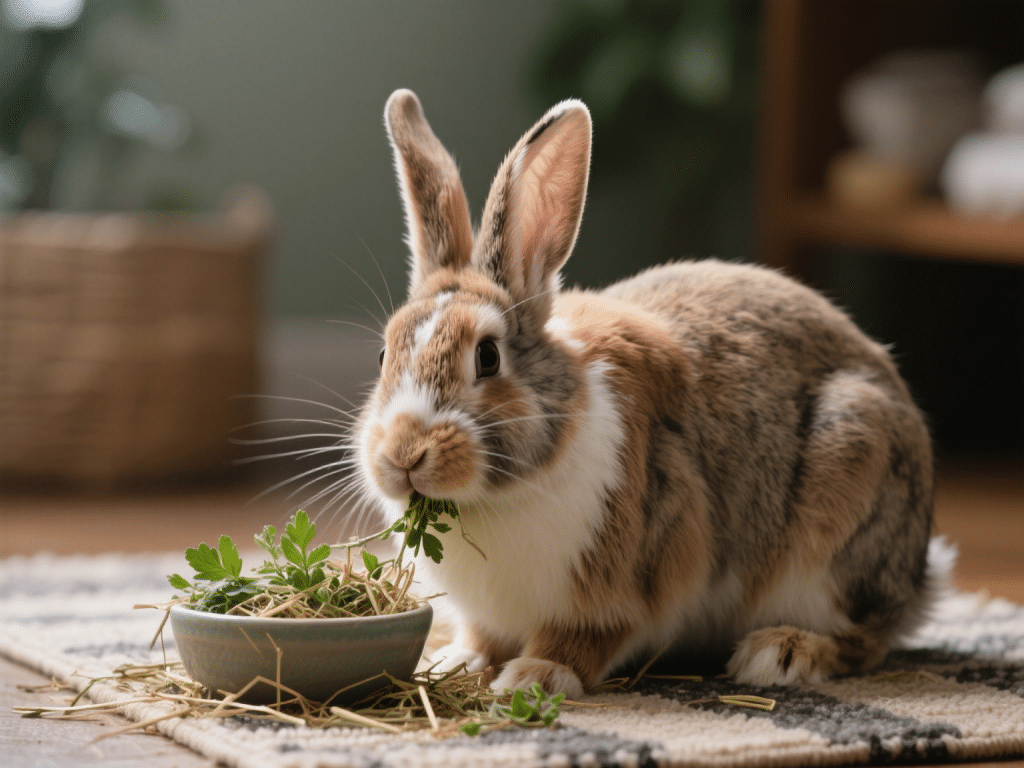
Gastrointestinal (GI) stasis is one of the most common—and dangerous—conditions affecting domestic rabbits. As a long‑time rabbit rescuer and nutrition consultant, I’ve helped hundreds of bunnies recover by pinpointing root causes and instituting targeted interventions. This article will equip you with the knowledge to spot early warning signs, take immediate action, and implement preventive habits for lifelong digestive wellness.
Why Rabbits Are Prone to GI Stasis
Fiber‑Rich Diet Needs: Rabbits require continuous hay intake to promote gut motility.
Stress Sensitivity: Changes in environment, diet, or handling can slow digestion.
Pain & Dental Issues: Oral discomfort leads to reduced eating, triggering stasis.
Early Warning Signs
Reduced Fecal Output: Few or no droppings over 12 hours.
Small or Misshapen Pellets: Indicates slowed transit.
Lethargy & Hunched Posture: Signals abdominal discomfort.
Loss of Appetite: Especially refusal of hay.
Teeth Grinding: A pain response, often accompanying stasis.
Immediate Home Interventions
Encourage Hay Intake: Offer fresh, scented hay varieties (timothy, oat) to entice nibbling.
Fluid Support: Provide water enema using syringe or offer diluted electrolyte solution.
Exercise & Massage: Gently stroke the abdomen in a clockwise motion to promote motility; allow safe floor time for hopping.
Critical Feeding: If appetite remains low after 4–6 hours, syringe‑feed a critical care formula under veterinary guidance.
Veterinary Treatment Options
Prokinetic Medications: Prescribed drugs (metoclopramide, cisapride) to stimulate GI movement.
Pain Management: NSAIDs or opioids prescribed to alleviate gut discomfort.
Fluid Therapy: Subcutaneous or intravenous fluids to correct dehydration and electrolyte imbalance.
Long‑Term Prevention Strategies
Dietary Consistency:
Unlimited high‑fiber hay; limit pellets to under 5% of daily intake.
Hydration Habits:
Offer fresh water in both bottle and bowl; include watery greens like romaine.
Daily Exercise:
Provide at least 3 hours of supervised free‑roaming time to maintain gut activity.
Stress Reduction:
Maintain a stable routine; introduce changes (new toys, visitors) gradually.
Dental Health Monitoring:
Regular checks and professional trims to prevent chewing pain that reduces eating.
Conclusion
GI stasis can escalate rapidly, but with vigilance, prompt action, and preventive care, you can safeguard your rabbit’s digestive health. By ensuring a fiber-rich diet, ample hydration, consistent exercise, and stress‑free living, you’ll keep your bunny’s gut motility humming smoothly—so that hops, not hiccups, define every day.

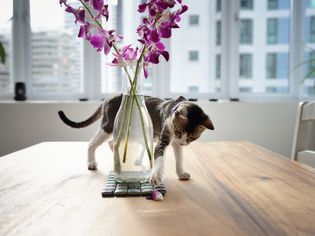
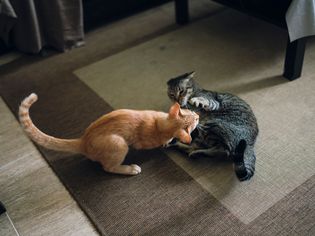
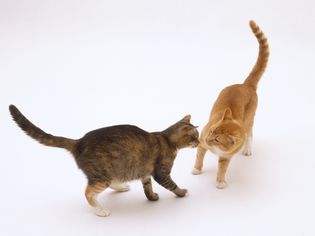

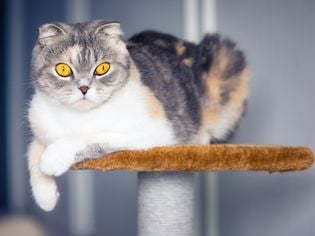
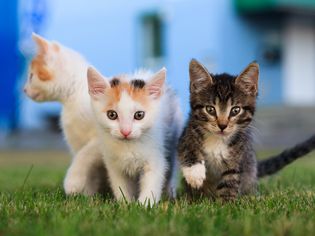
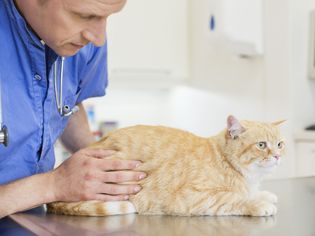
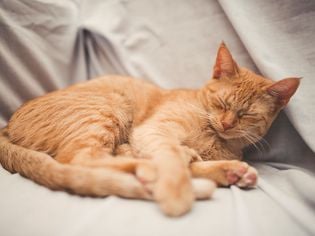
Comments on " Understanding and Preventing GI Stasis in Rabbits" :